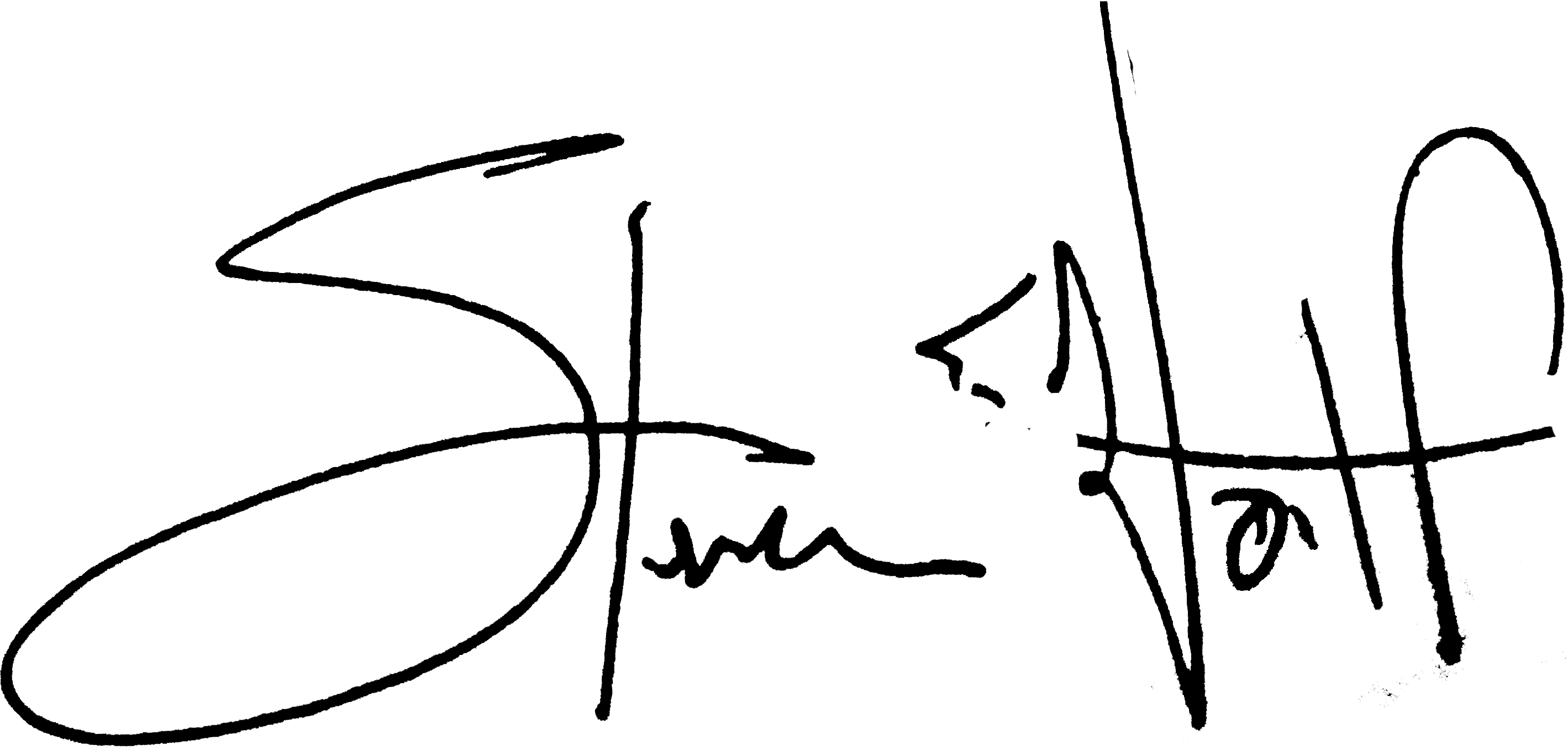Gamification
“It’s Play That Helps Us Do Serious Things Better.”
“When you have a Game Like Platform where knowledge is applied, knowledge becomes a resource. The more you know the better you are at the Game.”
–Dean Grey: Sky Lab Apps CEO
*Gamification Definition: applying the science and psychology of gaming in a non-game context to motivate and reward your customers to perform certain desired behaviors. It is one of the most proven ways to engage online community members and keep them coming back for more.
Gamification is a buzzword in the business community and a process that is becoming more widely adopted in consumer products and work culture which helps to “spread, solidify, and clarify”. It has also raised important ethical dilemmas: How is this good for us? Are we manipulating people to do things that aren’t in their interest? The video below is a Tedx talk given by Janaki Kumar, who is a Gamification expert and the co-author of Gamification at Work. Janaki addresses the ethical questions above, and explains why making Gamification ethical also makes it more effective.
The bottom line is that Gamification works better when application designers provide more value for those “playing” their Gamified applications. It’s difficult to simply manipulate people using Gamificaiton for two simple reasons:
- People want things that are good for them, and they’re smart. They don’t want to do things that are bad for them and are quick to sniff out when they’re acting for someone else’s benefit.
- People want valuable rewards. Users won’t complete actions unless the person rewarding them for taking that action is attentive and offering them something valuable.
Skylab’s Gamified solutions allow community leaders and users to set their own value criteria using game architecture. The result is a more interactive and responsive relationship between community members and community leaders where both produce more value for each other.
“Gamification is design that places the most emphasis on the human in the process. In essence it is Human-Focused Design.”


